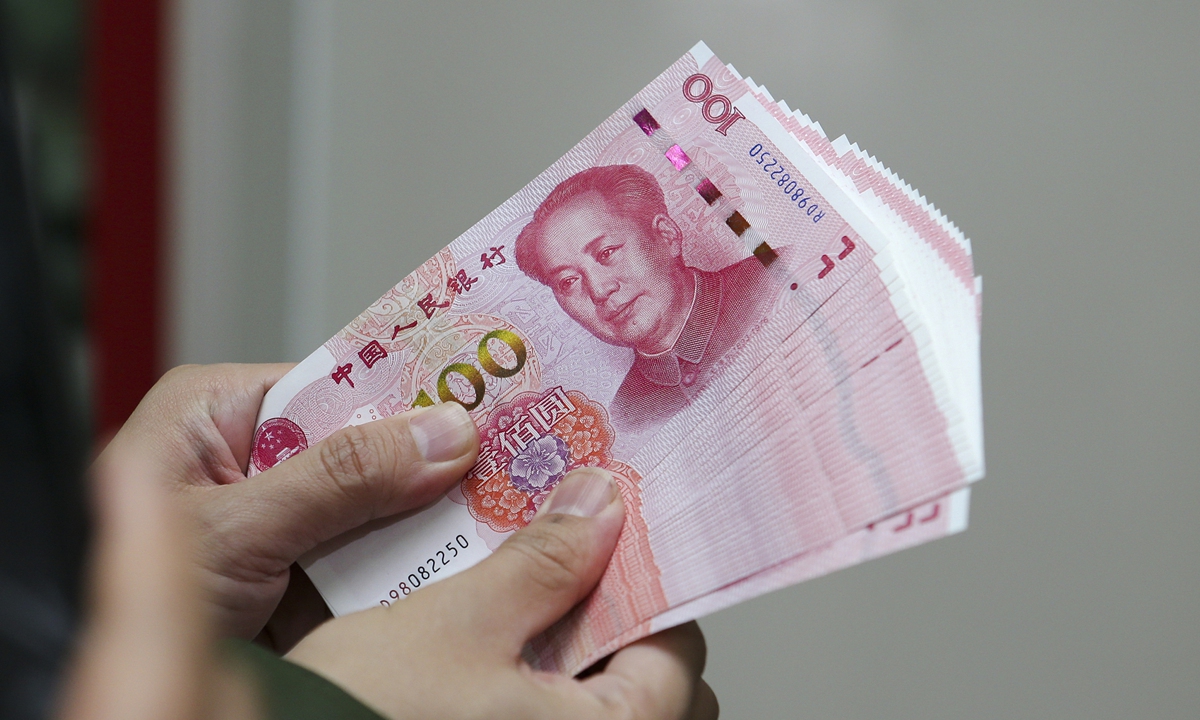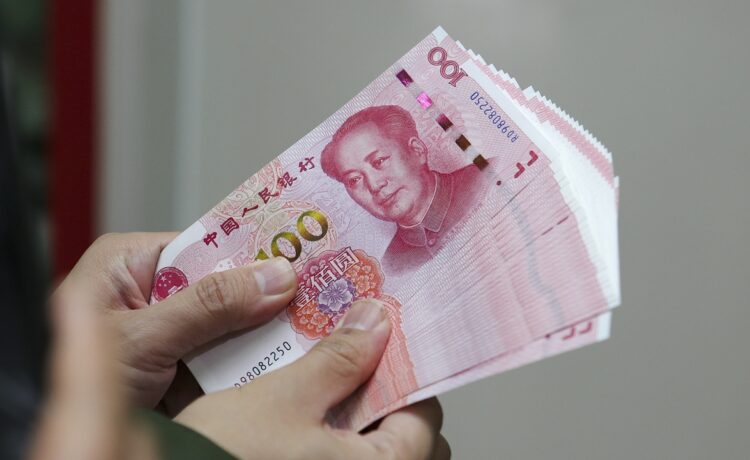
Chinese yuan Photo:VCG
Use of the yuan reached to 3.75 percent of global payments in December, securing its position as the fourth most active currency, data from global payment services provider Society for Worldwide Interbank Financial Telecommunication (SWIFT) showed on Thursday.
A Chinese analyst said that despite short-term fluctuations, the yuan’s internationalization trend remains fast and strong.
The share of the yuan in global payments was slightly down from 3.89 percent in November, when the yuan retook its position from the yen, according to SWIFT.
The yuan was the fourth most active currency for global payments by value for every month in 2024 except for September and October, when it lost its position to the yen.
Overall, yuan payments’ value increased by 3.6 percent compared with November 2024, while in general all payments currencies increased by 7.5 percent, according to SWIFT.
The figures reflect the steady progress in the yuan’s internationalization, the growing appeal of the yuan as a currency for global payments and settlements, and a bullish view on the long-term development momentum of China’s economy, analysts said.
Multiple factors including the yuan’s value against the US dollar affect the yuan’s SWIFT ranking, Xi Junyang, a professor at the Shanghai University of Finance and Economics, told the Global Times on Thursday, adding that it is normal to see the yuan’s ranking alternate between the fourth and fifth spots in the short term.
However, looking at the past decade, the yuan’s use in international trade has been fast accelerating, far outpacing other major currencies, Xi Junyang said. “The yuan will gradually become the world’s third most active currency in the foreseeable future.”
In December, the yuan trailed behind the US dollar, which had a 49 percent share of global payments. The euro, at 21.74 percent, and the pound, at 6.94 percent, were the second and third most-traded currencies during the month, while the yuan was fourth.
The yuan has been on a weakening trend against the US dollar in recent months, a trend that has eased in recent days.
Earlier in January, the People’s Bank of China (PBC) and the State Administration of Foreign Exchange stated at a China Foreign Exchange Committee meeting that they will continue to take comprehensive measures to stabilize expectations, enhance resilience and strengthen management of the foreign exchange market, according to a post by the PBC.
China will unswervingly keep the yuan exchange rate basically stable at a reasonable and balanced level, according to the meeting.
Yuan internationalization stands to benefit from favorable factors in the longer term as more Chinese mainland companies in the real economy seek overseas expansion and yuan-based activities in sectors of the real economy further boost demand for yuan products, treasury management, longer-term investment and risk management, according to analysts.



